Jasmin Eagleton Currently Studying at University of sunderland doing Glass and Ceramics
Don't wanna be here? Send us removal request.
Photo
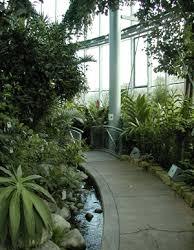
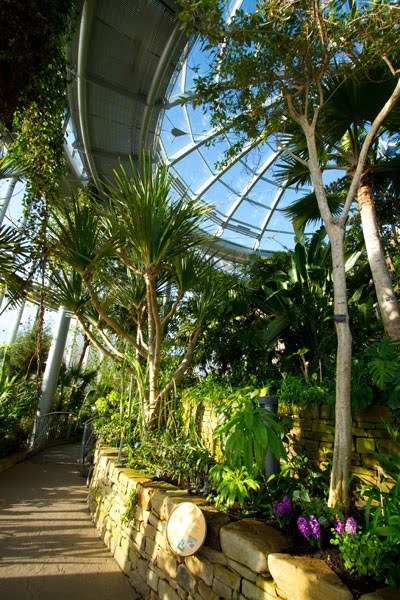
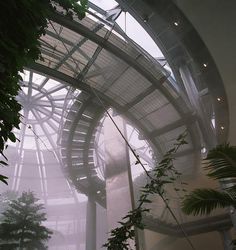
Sunderland Winter Gardens and museum.
Sunderland Winter Gardens is somewhere I like to visit quite often as I feel it is the calm oasis of Sunderland city centre. It is somewhere I like to go to think or relax. I find the museum rooms in the winter gardens really interesting as I like to learn about the history of my local area. I enjoy reading about the history of the building and how it had to be changed as it was bombed in WW2. When walking around the winter gardens I like to pay attention to what plants they have as gardening and plants is something I enjoy as a hobby. I especially like the wide variety of cactus's and succulents they have in the gardens as it is my favorite type of plant.
2 notes
·
View notes
Photo
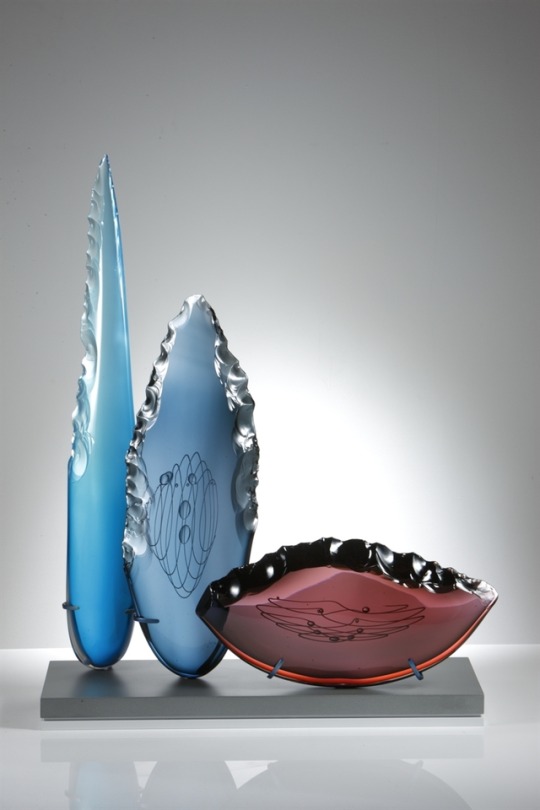
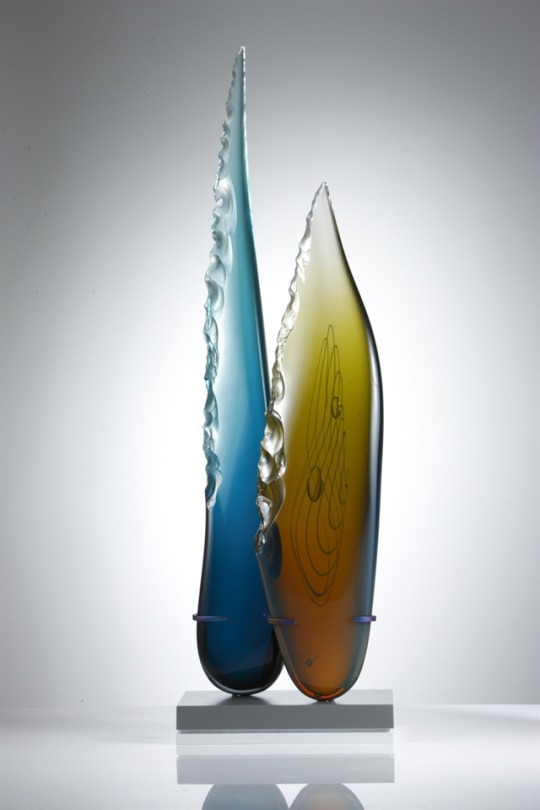


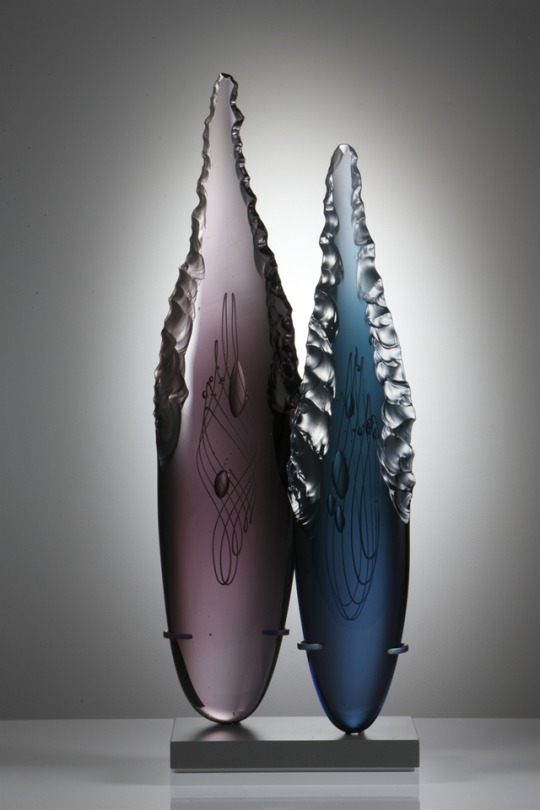
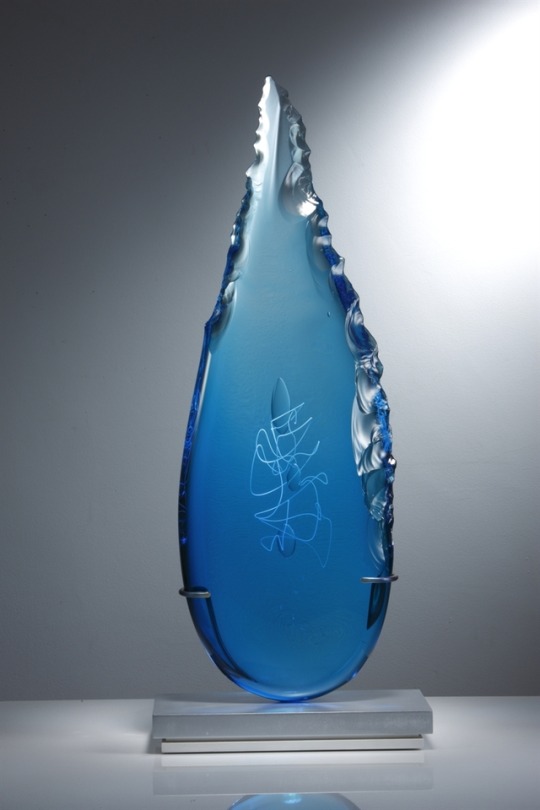
James Devereux
James is the other partner in Devereux and Huskie (the business Katherine and James started together). He had less of a direct route to his business that he runs now. He did his work experience in a hot glass work shop creating glasses etc in a factory style setting. So after doing that for a number of years then wanted to make unusual stuff after working in a hot glass factory making conventional items. In his glass degree he made pieces which he wanted to relate to his diving so made pieces which were meant to be placed under water and viewed by diving down into the water. After finishing his degree he then went to work in multiple glass studios assisting etc. After doing this for a while he decided he wanted to have his own workshop to create his own work rather than just assisting other artists. So he asked his dad to lend him some money to buy some equipment to start up his own studio. So he borrowed £8000 to buy the basic equipment he needed to start his workshop then just developed it from there and managed to build up an entire hot shop from nothing! Which I think is quite an accomplishment. Then when he had his own workshop up and running he started doing commissions for other artists and creating his own work in the hot shop. After doing this for a while he then applied for a tech position at the royal college of London, he got the position so then decided to rent out his workshop to anyone whilst working at the royal college. He then decided to do an MA at the royal college after his tech position finished as the original tech returned. After doing the MA for a year realised that he had already accomplished what he had set out to do by doing a degree and dropped out to continue his business in his work shop. In conclusion James is an example that anyone can set up their own work shop/business if they put their mind to it.
0 notes
Photo
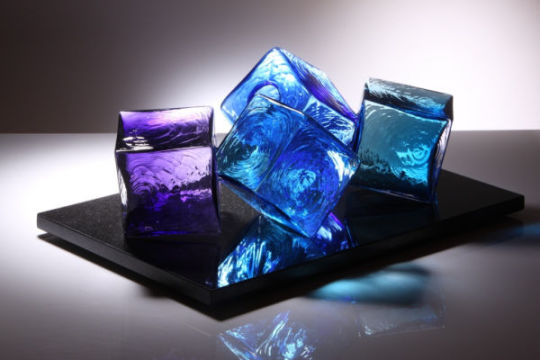
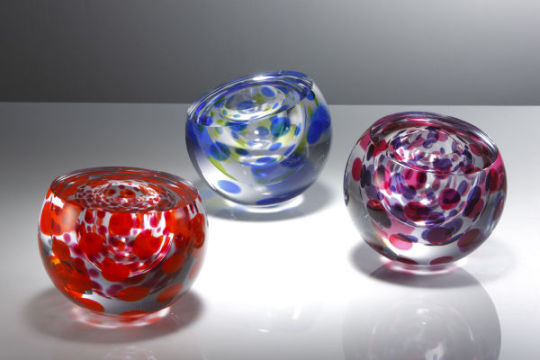
Katherine Huskie
Katherine works as part of a duo who run their own glass blowing studio which they set up themselves. So most of the work they create is for commissions and not their own. But before Katherine had a business up and running she had travelled around for a while doing glass blowing in Australia. She talked about how learning skills was something she enjoyed so whilst travelling worked in multiple glass blowing studios to gain more skills. She then went from Sydney to Canberra doing stringers in the studio. She also watched a 5 day demo with Lino and his team. She also talked about the work she likes to make and how she likes to experiment with a lot of colour and layering techniques in glass. She also talked about how she likes to create multiples as it is something you can do quickly in studio glass, whereas in cast glass it takes a long time for something to be complete. I really liked Katherine’s work as I think it is very highly skilled and complicated and you can tell she is well practiced and confident.
0 notes
Photo
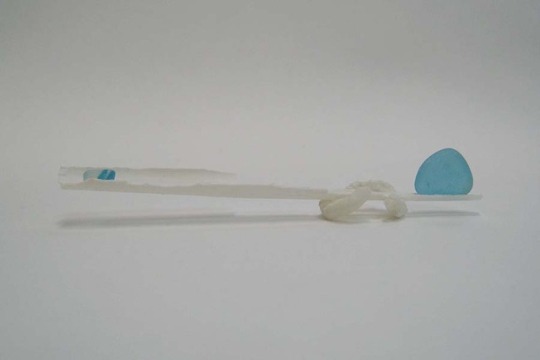
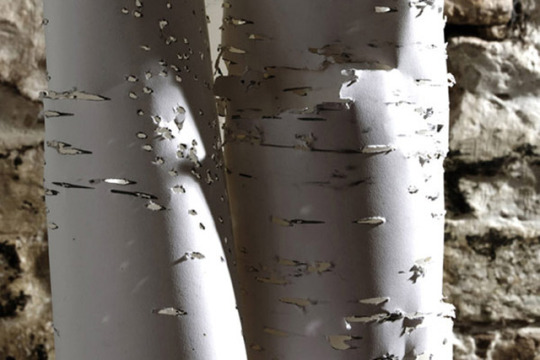
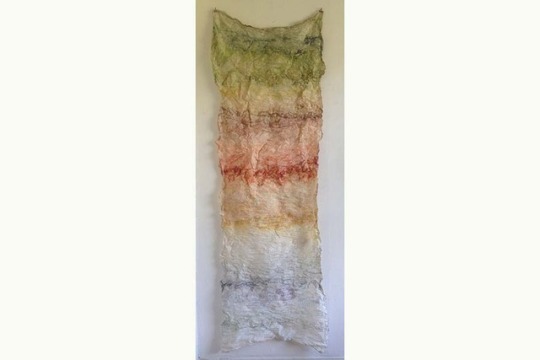
Jenny Purret
Jenny is a Fine artist originally as she has a degree in fine art. I think this is something which shows through her work as she has quite an experimental and abstract style. She talked about how she likes to make work in response to place as she likes it to be relevant. She talked about how she spent time in the countryside with farmers learning their way of life and even learned to shear a sheep. She then collected wool from sheep fleeces into sheet shapes using the felting technique. She told us that she did this as where her studio was at the time used to be an old laundry so the sheets of wool were in reference to the sheets which would have been washed there hundreds of years ago. Then to develop this idea she then bought lots of old manmade sweaters to display alongside the ‘natural’ wool. She then started to shred them to create a different effect.
I liked how jenny talked about using her natural surroundings for inspiration for example she said she likes to use drawings of found objects and repeatedly draw them to experiment with. Another thing she likes to do is create work which is related to the passage of time. Although I like the way Jenny generates ideas and experiments I do not like her work as I find it a bit dull as it is mainly quite abstract and I think a lot of the ideas could be developed further just to polish the final look of what she is creating.
0 notes
Photo
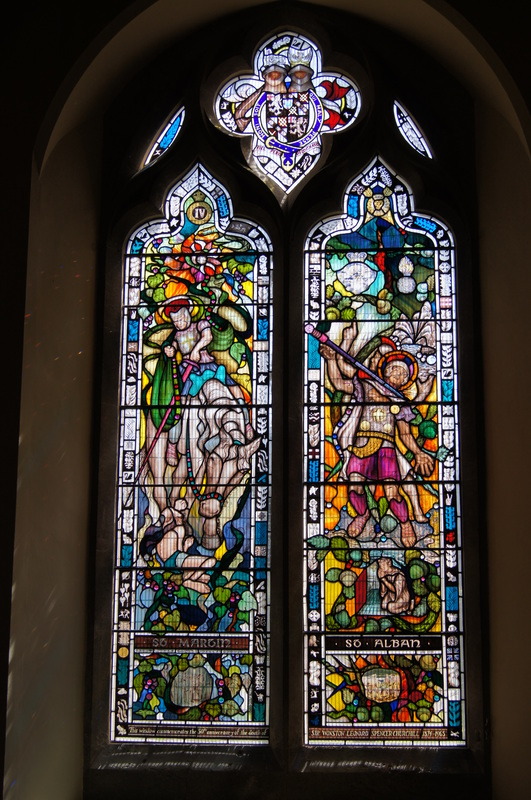
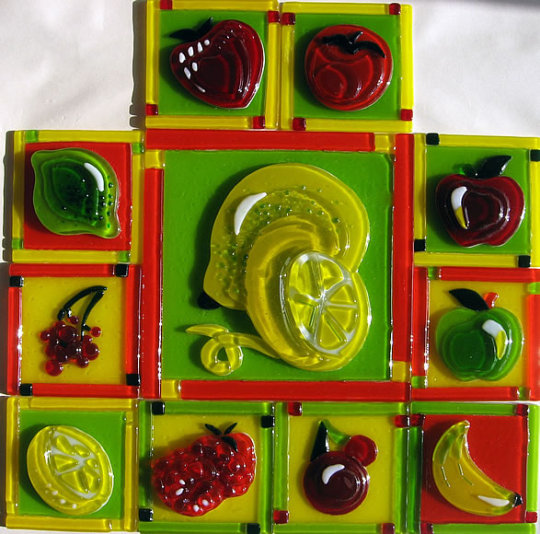
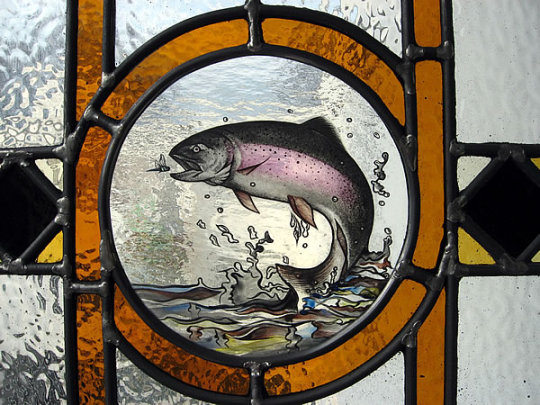
Emma Blount is a stained glass artist who makes most of her work for commissions. Personally I don’t really enjoy talking about/looking at her work as it is very traditional and I don’t think it explores what you can do with stained glass, as a lot of her work is just windows and flat pieces. Even though I don’t find her work very interesting there are some pieces which I like for example, the second picture of the glass fruit tiles I think are really interesting as I have never seen tiles constructed that were not made from clay.
Emma is a self-employed artist and because of this her income fluctuates as one year she only made £20! Even though she has been employed to do big commissions etc. she’s still not classed as an established artist which is quite disheartening as someone who is studying an art subject and may have to be a self-employed artist one day myself.
Although I didn’t enjoy Emma’s work she did have some valuable tips and pointers for selling your work/ running your own business. For example she told us that there are certain companies who sell work to hotels which was something I did not know. I thought the only way of getting your work out there was by getting a decent commission. Another really valuable bit of advice she gave was to know exactly what you can claim back from your taxes as when you are working from home you can claim a lot of your bills back etc. In conclusion I did not like this artists work but I found a lot of the information she gave was extremely useful and good to know.
0 notes
Photo
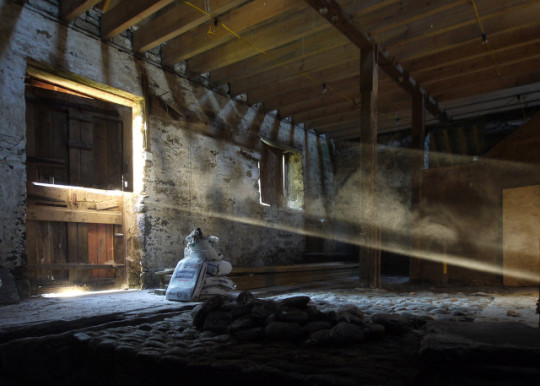
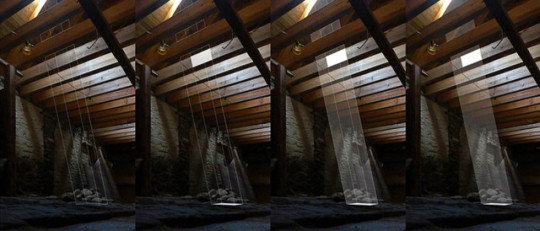
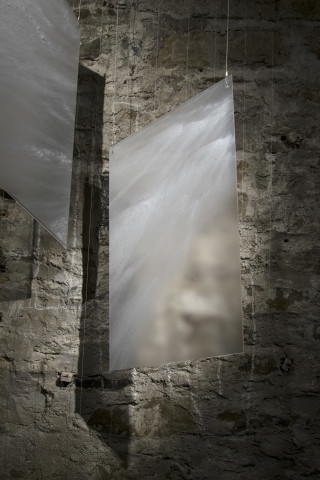
1. Barn, Latheron House: Light Study
2. Digital image (manipulated) Conceptual development for forthcoming installation at Latheron House, Caithness 8 cm x 23.5 cm 2015
3. Byre, Latheron House, Caithness (August 2nd, 2015: 11.49 AM), 2016 kilnformed glass31 x 16 x 0.25 inches
Karlyns work is often based around the place it is situated but does not have any formal training in glass so all of her skills are self-taught. She talks about how her work was inspired by the light in the building she was exhibiting in. Also she talked about how she generated ideas, through doing sketches and digital renderings of the light to see how it would look in the building. I found her way of working unusual and I think you could tell she came from a different art background as she generated ideas and tested them differently. I liked how she used handmade models to play out her ideas and thought her work was quite abstract as it was something really simple and something which wouldn’t make sense elsewhere as it was to do with the light in the building.
She talked about how liked to use her work to break down and simplify her surroundings using light to highlight areas and how she was inspired to use light for her piece (throwing flour in the air). I also like the way she talks about light and find the way she uses it really different and interesting. Something she said which I remember well was ‘the work I have made is about the negative space in these farmhouses’ which is something I would have never thought of exploring. In conclusion I think the work created by Karlyn is very simple and abstract but an idea that is extremely well thought out and well tested.
1 note
·
View note
Photo
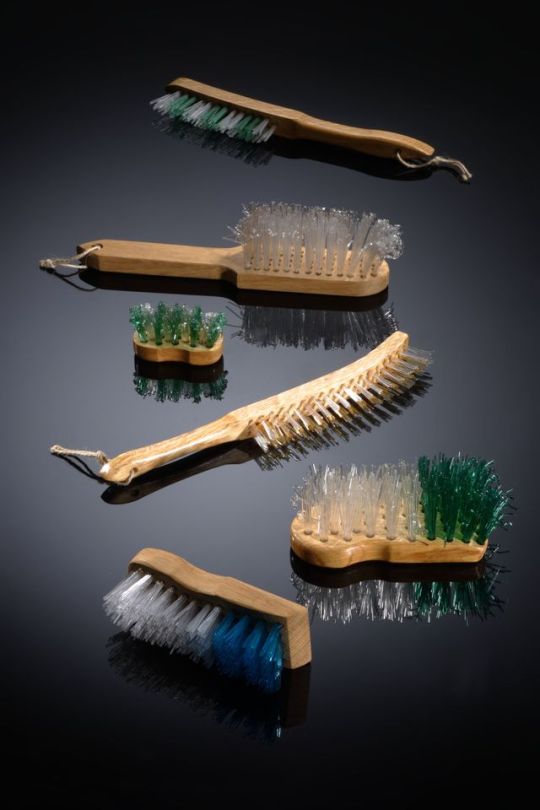
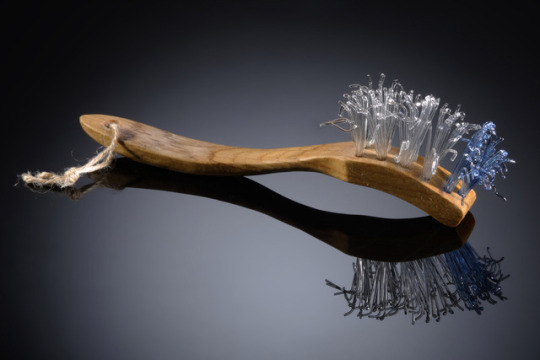
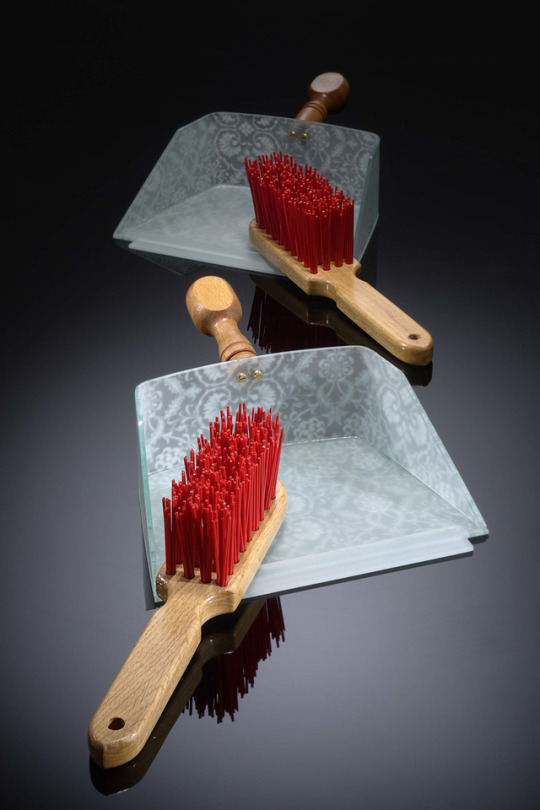
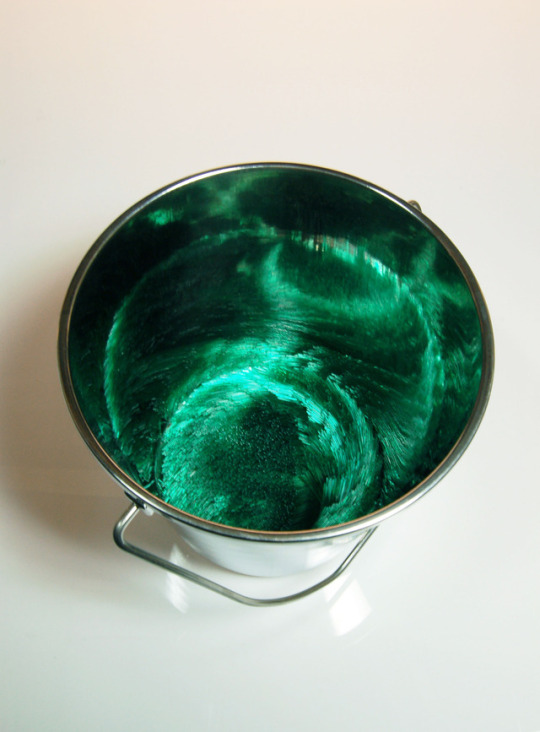

sp1-3. Domestic Gospels
4. Swathe III
5. Spoken/Unspoken
Victoria's work varies a lot and she takes inspiration from a lot of different places but I really liked her Domestic Gospels pieces where she created brushes from wood and glass stringers shown in images 1-3 where she had taken her inspiration from the Wizard of Oz. She also unusually started making glass art in her middle age rather than being trained at college/university so all her experience is self taught. She also talked about being having a sustainable artist and selling your work and how your income fluctuates.
I liked the creativity of her work and how meticulously it was all make. I also liked the experimental side of her work as shown in image 4 ‘Swathe’ where the piece is just lots of glass stringers in a stainless steel bucket, using the bucket and reflections as the main focus of the piece. This was developed from glass stringers being in a grass like formation on boards. One piece which I particularly liked by this artist was the piece named ‘Spoken/unspoken’ as shown in image 5. This piece took inspiration from the lavish and slightly disturbing miniature jewels that were given and received by lovers in Regency time. But in her versions of the jewellery the images in the jewels were eyes of members of her family so the piece was related to her. I liked how she took something quite seedy and sexual and turned into something personal and interesting
0 notes
Photo
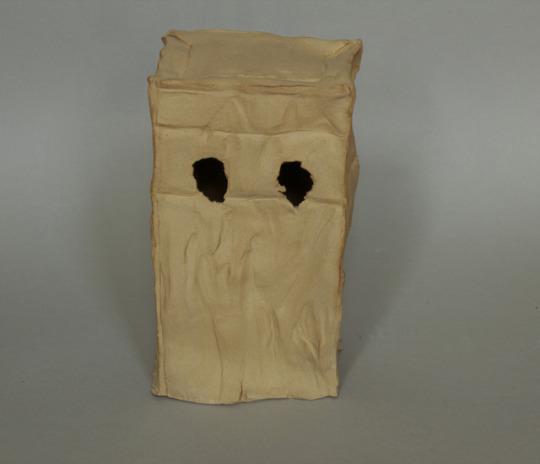
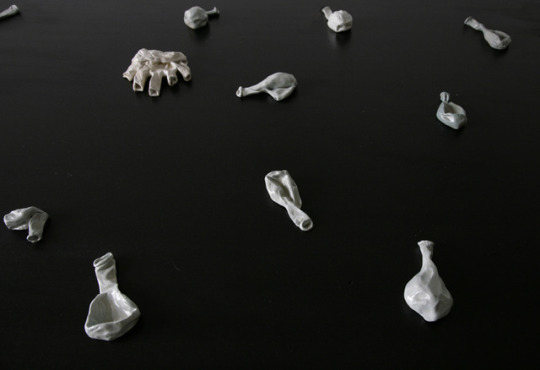
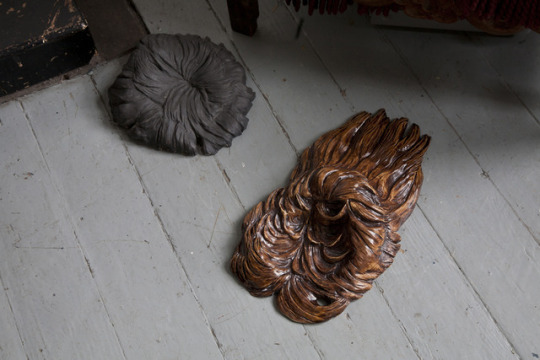
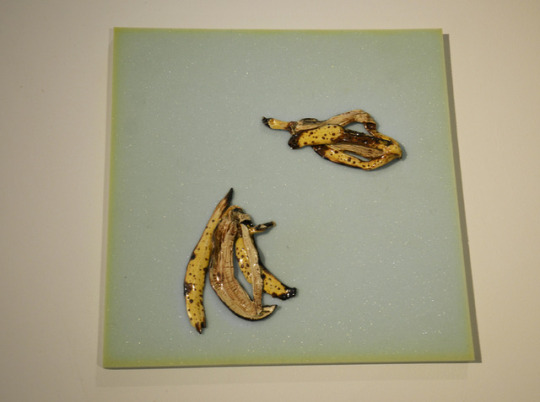
1.Clay Paper Bag, fired stoneware, edition of 5 for ASC Gallery, London, 2014.
2.Clay Balloons, glazed stoneware, 2014.
3. Clay Wigs, glazed stoneware, 2014.
4. Clay Banana Skins, glazed stoneware and memory foam, 2014.
Ericas’ work was quite unusual to me as it doesn’t use any classic ways of working only using hand building. She is a ceramic artist working in Glasgow currently. I think her work is interesting as she also uses multimedia elements to it to create different effects.
But in the talk she mostly focused on her ceramic works. I thought the way she generated ideas was interesting as she talked about using textbook drawings from the past for reference and how she tried to reference the figures in the images without being literal. For example she talked about how she made the clay wigs in reference to herself. As in a lot of her previous work she had used video and worn a lot of different wigs in the performances, so these clay wigs are in reference to this as shown in image 3. She described these wigs as ‘indirect self-portraits’.
Also I thought it was interesting how she described her work as ‘Investigating autobiography without featuring the artist’. She also showed us a couple of her silent videos where she uses clay as make up on herself. Which I think is an unusual but creative way to use clay! She also talked about her video ‘Clay mask’ was inspired by a burn first aid video which is an unusual source of inspiration for artists but also very interesting as what she created was quite slapstick where the idea had come from something more sinister.
0 notes
Photo
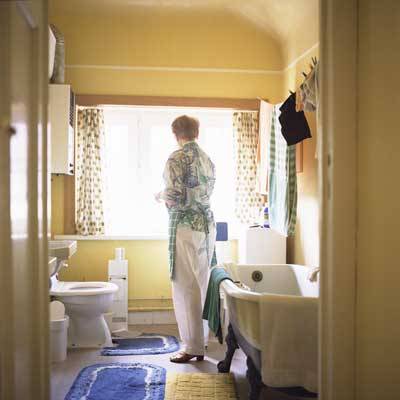
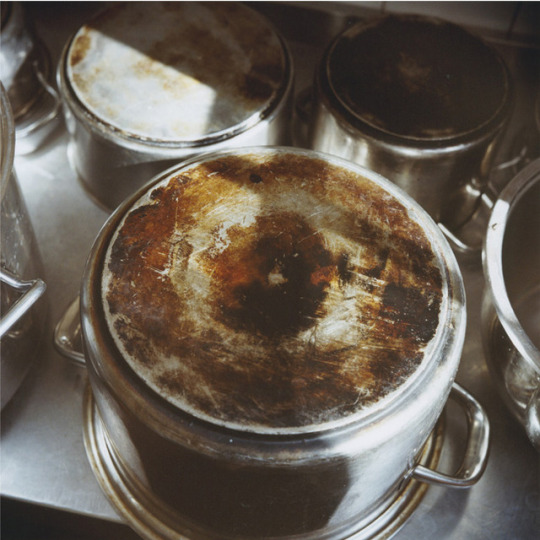
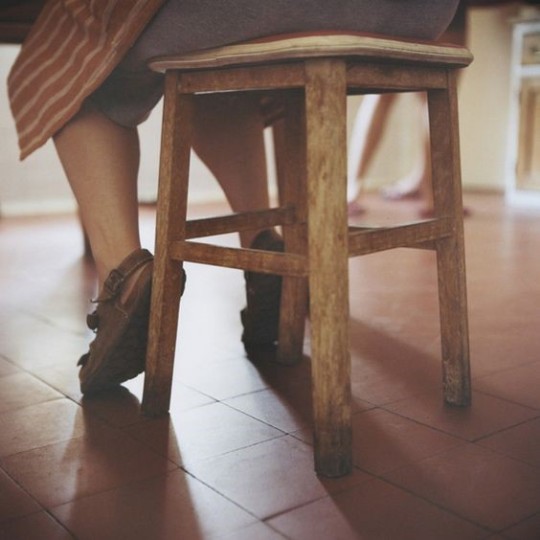
Marjolaine ryley
‘To dwell means to leave traces’
Makjolaine ryley grew up in unusual surroundings (London squats in the 60s and 70s) so had a different childhood to a lot of other children. She talked about her experiences growing up in these types of surroundings as being able to see ‘endless sandals’ under the table. I found a lot of the imagery she said reminded her of her childhood (the sandals under the table and mushroom imagery) were quite stereotypical and things you would expect to associate with growing up in a hippie commune. Which is unusual considering the ‘alternative’ nature of the lifestyle of the people she grew up around.
I liked how a lot of her work was based around her family and personal life. I think it made the work really personal and relatable. The fact that she tried to make the photographs like a family album I think helped this aspect of her work. She also talked about how she photographed her grandmother in her apartment as a field study for a number of months/years documenting her grandmother’s everyday life whilst doing this. I like how all of the photographs are quite candid and not posed so they catch her grandmother in the action of doing things.
Another aspect of Ryleys’ work which I find interesting is the inclusion of her mother’s descriptive writing read alongside some of the photographs when they were being exhibited to tie in the emotions etc. she was trying to portray through the photographs. Additionally she had items from her grandmothers apartment in a case displayed with the images to give them more of a story or meaning. Overall I would say that Ryleys work is extremely thorough as she takes hundreds of photographs for each project then selects the best ones to use. I would also say it’s a very interesting way of showing your background through your work and I think that Ryleys’ upbringing influences the way she works even now through photography.
0 notes